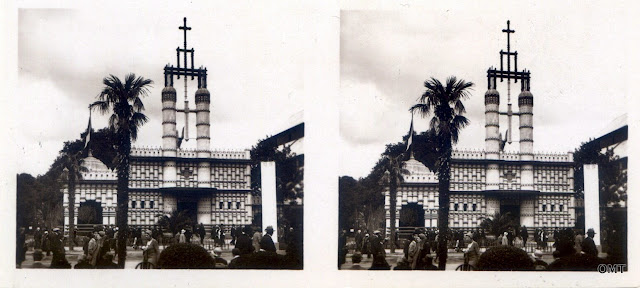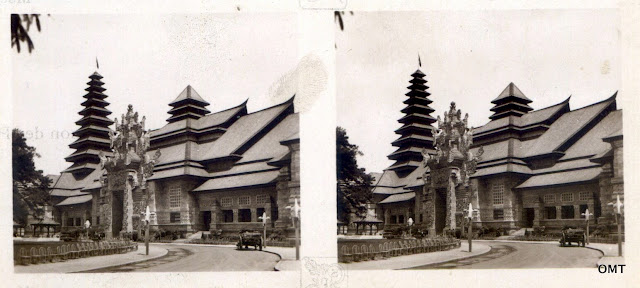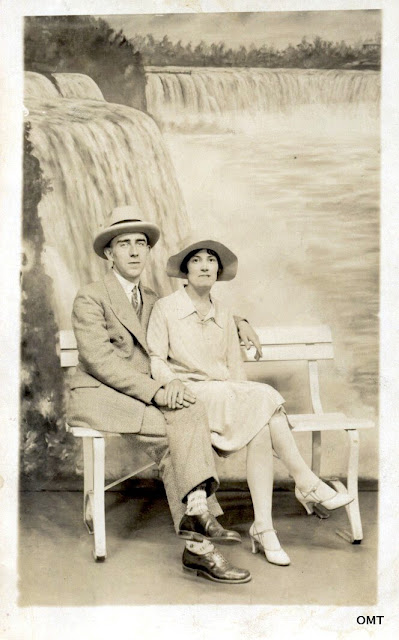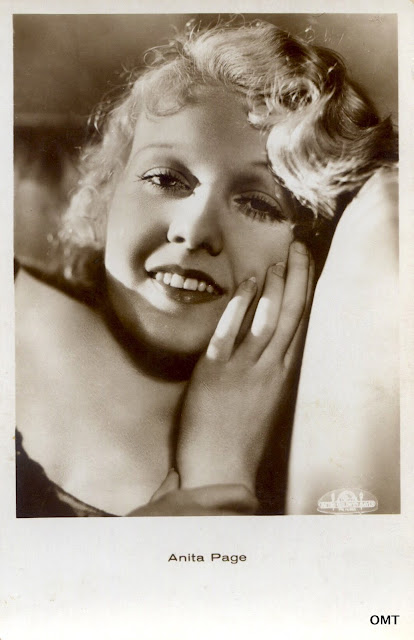Stereographs from the 1931 Colonial Exposition in Paris.
"Colonization is legitimate. It is beneficial.
These are the truths that are inscribed on the walls of the pavilions at the
Bois de Vincennes."
Marcel Olivier, Delegate general
to the 1931 Colonial Exposition
It was the last, and if size means anything the greatest
colonial exposition, and it was in Paris in 1931, which was fitting because the
French had really invented the idea of the world fair devoted to colonial power
and all that entailed; civilization, power, human zoos. Spread across the 1000
hectares of the Bois de Vincennes, Parisians called it Lyauteyville after
Marshall Hubert Lyautey, who ran the whole show and knew a bit about
colonialism having served in Algeria and Indochina, led the 1902 invasion of
Madagascar and been Governor of Morocco for some thirteen years. The nickname
is revealing. Outside of the military Lyautey was considered as something
between an imperialist throwback and a megalomaniac. He never hid his political
belief; he would die in three years but not before boasting he was on the verge
of overthrowing the socialist government with his cadre of young fascists. You
could say he was the perfect man for the job of running the exposition.
The key to success for any world’s fair lay in its
architecture. It was the expression of everything the event stood for. Pushed
for time and money, the directors of the 1893 Columbian Exposition in Chicago
made the sudden decision to render all the buildings white. Knowing nothing of
their motives, visitors were astonished at how modern and visionary everything
looked. Each expo had to have its centrepiece, the Crystal Palace in London in
1851, the Eiffel Tower at Paris in 1889 and the Colonial Exposition would have
its own, a seventeen metre high cascading fountain built of steel that was soon
labelled ‘le cactus’. That single
nod to the 20th century aside, Paris’s leading architectural firms
were called on to built faithful copies, of grand monuments such as Angkor Wat
but mostly more traditional structures such as a Buddhist temple, a mosque or a
street in Tunisia. You can come up with a few reasons why that was but you
can’t discount lack of imagination. The effect wasn’t that different from the
claims made for early stereographs; you didn’t have to go to Senegal or Laos to
experience it. Of course you couldn’t smell Senegal or feel the tropical heat
of Laos but you weren’t going to catch blackwater fever either.
By 1931 colonialism was a disreputable word across Europe. You
could thank King Leopold of Belgium for that; no other single person did so
much to stain the concept, but World War 1 had also made a lot of people aware
of how rotten the heart of the aristocracy was, and now the international
economy had collapsed it didn’t take complicated arithmetic to work out that
the loudest supporters of empire were also responsible for the mess the
continent was in. The French Communist Party reasoned it could respond to the
Expo with its own it called La
Verité sur
les Colonies. It turned out to be only a little more popular with the
general public that it was with the authorities. That may have been because
instead of fake Asian temples, exotic dancers, food stalls and bars it would
run a series of panels and lectures dedicated to racism, slavery and other
forms of exploitation. What humour the left had was provided by L’Humanité, the
only Parisian newspaper consistently critical of the expo. It published heavy
handed cartoons showing Lyautey on display in a cage and a circus woman
standing over the expo entrance, a guillotine. The African and Asian students
liked the idea of an alternative expo but the government jailed most of their
leaders until the real one was over. Another problem was that La Verité sur les Colonies was
getting a lot of its funding from the Soviets so it was inclined praise the
workers’ paradise while ignoring reports of Siberian labour camps. All up it
was dismissed as a failure, except by a group of African and Vietnamese
students who came away convinced that the future for their countries lay in Marxist
theory.
Meanwhile back in the real world, or what passed for that in
the Bois de Vincennes, the architects had discovered that it wasn’t so
easy to build faithful replicas. Size was an issue; some great monuments –
Angkor Wat was one – would have swallowed up most of the park grounds while
others couldn’t be accurately reproduced without resorting to construction
methods that were either lost to time or required such attention to detail that
the buildings wouldn’t be finished until long after the expo had also faded
from living memory. In the end it would become a compromise; sun baked mud
replaced with quick drying plaster and intricate sculpturing with readymade
moulds. It wasn’t a complete disaster. The Tunisian village was given a careful
patina of decayed and crumbling brickwork and if the Parisians let themselves
they could just about imagine they were in North Africa; just about because as
every architect knows a city is made of people and the Tunisians in this
village were for display purposes only.
One of the visitors during the opening weeks was the Belgian
cartoonist Georges Remi, there with his parents and his girlfriend who
constantly moped because he was more interested in sketching than paying
attention to her. As Hergé, Remi was barely known outside of Belgium but his second
Tintin adventure, Tintin au Congo,
was just weeks away from publication in Le
Petit Vingtième. It was too late then for any claims the expo had any
influence on Tintin au Congo but it
would have its effect for years afterwards. The sketches weren’t a waste of time. As
Tintin flew around Asia, the Middle East and Africa they would provide the
basis for street scenes and buildings, Hergé instinctively knowing we’re inclined
to recognize something authentic in the fake while the real often disappoints.
In the 1970s Hergé would confess his depictions of Africans were
naïve (not in time to stop the book being banned in British libraries) but after
June 1931 any French or Belgian boy visiting the expo had his impressions of
Africa from Tintin au Congo confirmed.
For Lyautey and his committee the expo was intended to be proof that
colonialism was a mutually beneficial transaction. We took the minerals and the
agricultural products but we gave back education and modernization. That was an
argument the communists could have shot down without trying, but they wouldn’t
necessarily win public sympathy. Colonialism might have brought to mind images
of slavery but empire was a word that could still get people standing to
attention with their hands over their hearts. You can see all of that in the
cyanotype stereographs taken of the expo at night. They transform ancient ruins
into 20th century monuments; Had Angkor Wat ever looked this
spectacular? For sure, nobody who actually lived there ever saw it lit up against
a backdrop of searchlights.
One another thing about these photos: according to reports the expo
was pulling in crowds of 60 000 a day. So where are all the people?
 |
| 1931 Colonial Exposition, Paris |



























